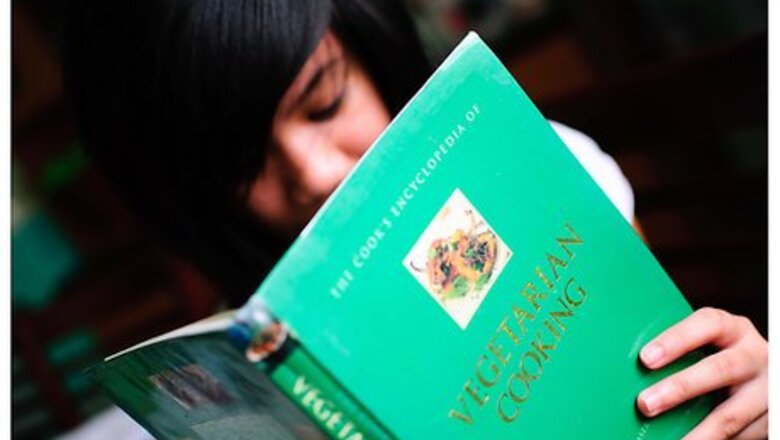
views
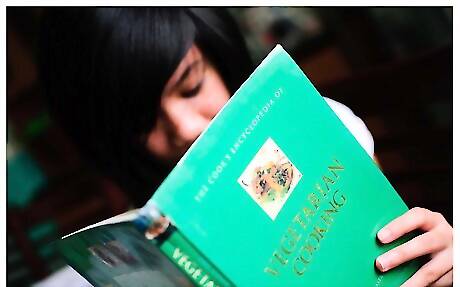
Take note of which type of herb is called for in the recipe. If the recipe calls for fresh or dried herbs, and you have the correct amount, the dish will generally taste best if you don't swap 1 type for the other. If you don't have the right type of herb, make a note of the volume indicated.
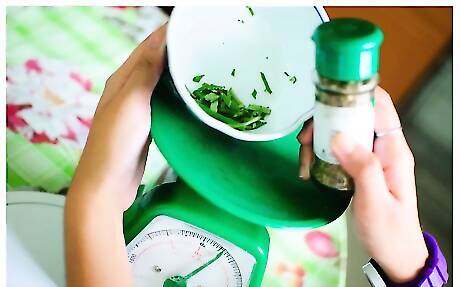
Familiarize yourself with the general rule for converting volume measurements. It is quite straightforward to convert between dried and fresh herb measurements. The rule is: 1 part dried herb is equal to 3 parts fresh herbs. For example, a recipe that calls for a tablespoon (15 ml) of fresh oregano could be prepared using only a teaspoon (5 ml) of dried oregano. A recipe calling for 1/2 teaspoon (2.5 ml) of dried basil could be prepared using 1.5 teaspoons (7.5 ml) of fresh basil. The reason for this conversion is that dried herbs have a much lower water content, and therefore have a much higher concentration of essential oils. These oils lead to a more pronounced flavor in a smaller volume of herbs. This conversion works for volume measurements only. Weight conversions will differ from herb to herb; herbs are rarely measured by weight, however.
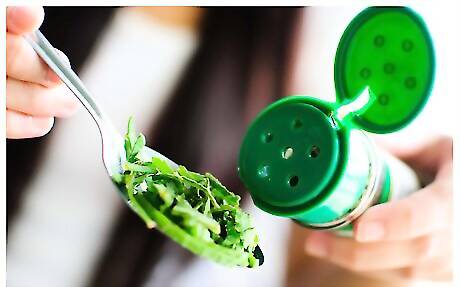
Adjust the amount needed depending on the age of your dried herbs. The rule above is not immutable; it should be used only as a general guideline. As dried herbs age in your pantry, they gradually lose their flavor (and color). If your herbs have just been purchased and still have a vibrant color and strong scent, then you should use a little less of them than dictated by the conversion rule. If the herbs have become a bit stale, use a little more to compensate.
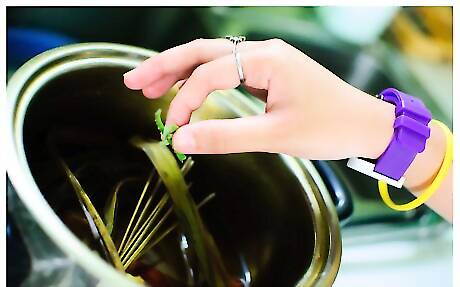
Add the herbs to your dish. Once you have measured the appropriate amount and adjusted for their age, add the herbs to your dish. Note that the flavor will not be exactly the same between fresh and dried herbs.


















Comments
0 comment